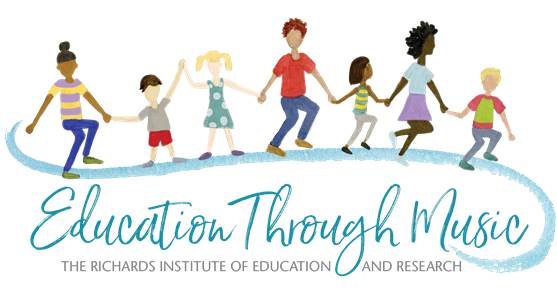We are pleased as a service to our participants to provide graduate credit for this course through California State University-Bakersfield. Participants are required to attend and fully participate in the scheduled 30 contact hours plus additional TBA instructor-led discussion and reflection.
University Credit registration is not a requirement to attend the course. Registration forms for credit are mailed directly to CSUB and the additional cost for this is $225.
For more information about credit and registration forms, email UniversityCredit@richardsinstitute.org.
Articles
Guided Play: Where Curricular Goals Meet a Playful Pedagogy
Deena Skolnick Weisberg, Kathy Hirsh-Pasek, and Roberta Michnick GolinkoffDecades of research demonstrate that a strong curricular approach to preschool education is important for later developmental outcomes. Although these findings have often been used to support the implementation of educational programs based on direct instruction, we argue that guided play approaches can be equally effective at delivering content and are more developmentally appropriate in their focus on child-centered exploration. Guided play lies midway between direct instruction and free play, presenting a learning goal, and scaffolding the environment while allowing children to maintain a large degree of control over their learning. The evidence suggests that such approaches often outperform direct-instruction approaches in encouraging a variety of positive academic outcomes. We argue that guided play approaches are effective because they createlearning situations that encourage children to become active and engaged partners in the learning process.
Neuroscience and learning through play: a review of the evidence
Claire Liu, S. Lynneth Solis, Hanne Jensen, Emily Hopkins, Dave Neale, Jennifer Zosh, Kathy Hirsh-Pasek, & David WhitebreadIn this white paper, our discussion of the neuroscience and biological literature on learning focuses on five characteristics used to define playful learning experiences, joyful, meaningful, actively engaging, iterative and socially interactive (see Zosh et al., 2017). From a neurobiological perspective, these characteristics can contribute to children’s ability to attend to, interpret, and learn from experiences.
Music training for the development of auditory skills
Nina Kraus and Bharath ChandrasekaranThe effects of music training in relation to brain plasticity have caused excitement, evident from the popularity of books on this topic among scientists and the general public. Neuroscience research has shown that music training leads to changes throughout the auditory system that prime musicians for listening challenges beyond music processing. This effect of music training suggests that, akin to physical exercise and its impact on body fitness, music is a resource that tones the brain for auditory fitness. Therefore, the role of music in shaping individual development deserves consideration.
Music and language: relations and disconnections
Nina Kraus and Jessica SlaterAbove all, music and language are forms of human communication. Since sensory function is ultimately shaped by what is biologically important to the organism, the human urge to communicate has been a powerful driving force in both the evolution of auditory function and the ways in which it can be changed by experience within an individual lifetime. The ability to extract meaning from sound requires that all aspects of the auditory system work together in concert: by considering human auditory function in the context of communication, we hope to emphasize the highly interactive nature of the auditory system as well as the depth of its integration with other sensory and cognitive systems. Through consideration of relations and dissociations between music and language we will explore key themes in auditory function, learning and plasticity.
First we will look to the origins of music and language: we shall not attempt to resolve the ongoing debate regarding their evolutionary status, but we will consider what their structural characteristics and functional origins reveal about the human relationship with sound. Then we will focus on the role of temporal structure in music and language, and how temporal patterns provide a framework for information processing in the brain. Next we will consider how music and language are learned, emphasizing interactions between the auditory system, cognition, and emotion and reward centers in the brain. The final section of this chapter will focus on the biology of sound processing and how experience with music and language influences underlying neural function. We will show that auditory expertise strengthens some of the very same aspects of sound encoding that are deficient in impaired populations and discuss the implications for clinical and social contexts.
